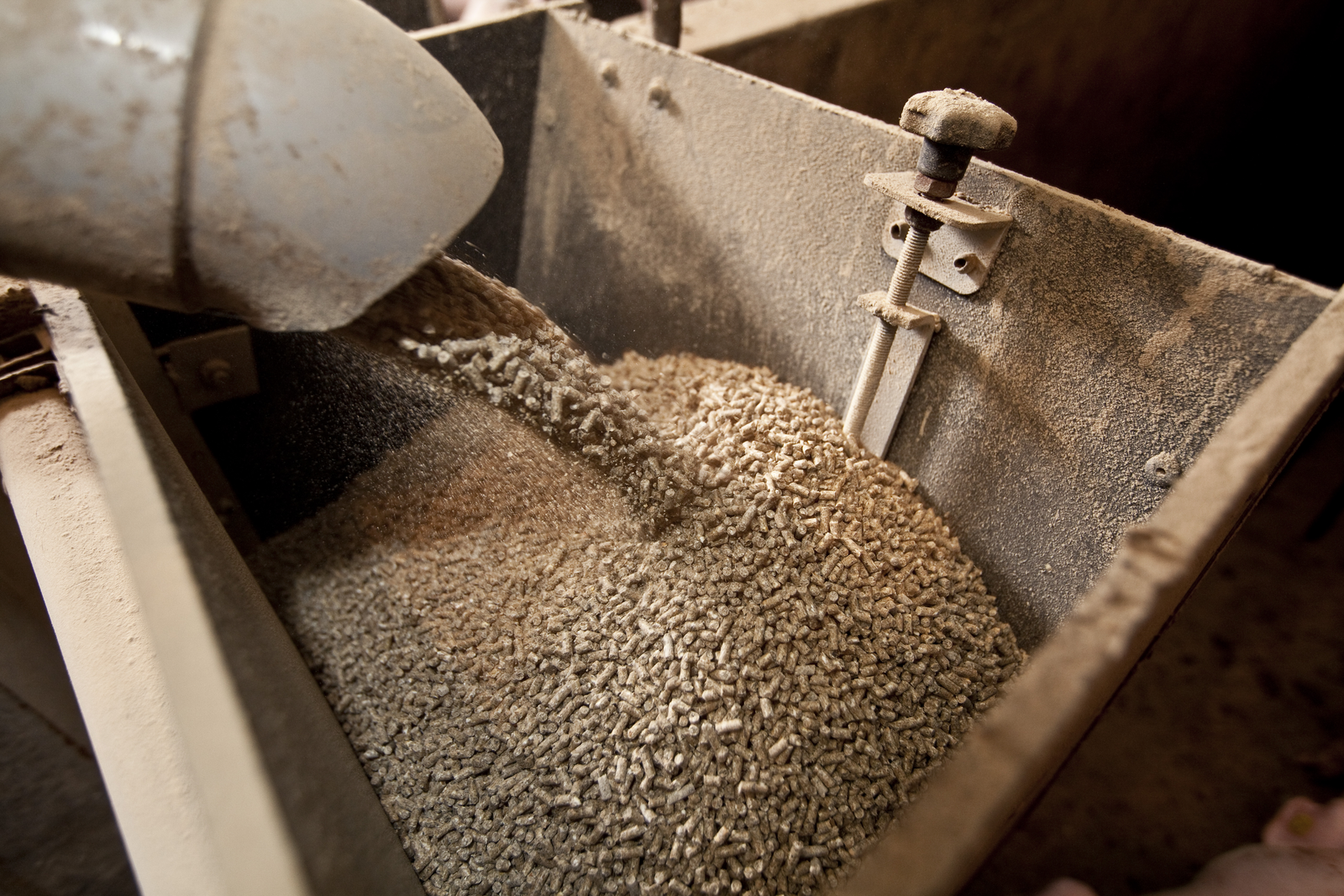Oils and fats in feed: precious, but neglected?

While few would dispute that fats and oils are among the most important ingredients used in poultry and livestock feed in nutritional importance, it sometimes appears the feed industry leaves this precious diamond uncut when it comes to exposing its potential.
That observation by Dr Chris Nelson, President and CEO of Kemin Industries, set the stage for an educational panel on the very topic at a conference in the jewel city of Antwerp, followed by a visit to the Kemin Innovation and Technology Centre in Herentals, Belgium.
Oils and fats continue to rank among the most prevalent ingredients used in feed – yet the variance in the makeup makes it challenging to know how to manage for improved animal performance, meat quality, and profitability. That’s why Kemin assembled a panel of experts to discuss the impact of lipids in animal nutrition for a worldwide audience of animal nutritionists. The insights ranged from overall market dynamics, to how to evaluate quality of lipids, to how to choose what feed additives improve fat digestion, and absorption of nutrients.
Quality of oil and fat
A wide-range of oil and fat sources are used in the feed industry, making it critical to understand and properly evaluate the quality of lipids, both nutritionally and oxidatively, according to professor Gerald Shurson, University of Minnesota, USA, who presented data on the variability which exists in both the nutritional composition and oxidative quality between oil samples. Using nutritional models such as the Wiseman Equation, the difference in the actual and the theoretical estimated apparent metabolisable energy (AME) value can be demonstrated. This can vary in some situations and cause an underestimation of the feed energy level up to 50 kcal / kg of feed. Similarly, there exists a large variation in the oxidative status between oils and fats. Prof Shurson presented data where the impact of lipid peroxidation on average daily gain, feed intake, and feed efficiency was correlated. Antioxidants have been shown to be critical in order to delay the oxidation and preserve the quality of lipids. A key conclusion and call to action from Prof Shurson was to have quality parameters in place and to monitor the nutritional status, as well as the oxidative quality, of lipids used in the feed industry.
Impact of different lipids
Prof Ravindran, Massey University, New Zealand, reviewed how different lipid characteristics influence fat digestion and absorption. He explained that the degree of saturation, the content of free fatty acids, the chain length of constituent fatty acids and contaminants, the position of the fatty acid on the triglycerides are all factors that affect the energy value – as well as the age of the animal. The Wiseman Equation brings these numerous parameters together into one general equation to accurately estimate the AME of the fat. Prof Ravindran also included insights and reminders on other nutritional factors that influence lipid digestion, such as calcium.
Key tools and recommended additive
Dr Ing. Matias Jansen, animal nutrition and health division of Kemin in Europe, took the discussion to the practical and actionable side by reviewing the tools nutritionists have to improve fat digestion. Dr Jansen explained that in order to improve fat digestion, one needs to evaluate how nutritional additives can improve all steps in the lipid digestion process, including lipid emulsification, lipid hydrolysis, and micelle absorption. Scientific data derived from a complete fat digestion model was presented on how three classes of additives (synthetic emulsifiers, lecithins, and lysolecithins), to different degrees impact the emulsification, hydrolysis, and absorption step. Only lysolecithins significantly improved all three steps in the lipid digestion process. Trial results on the natural biosurfactant LYSOFORTE®, which is based on a specific mixture of lysolecithins, were workshopped in a meta-analysis on a global basis. This analysis took into account variations in diet related factors, different lipid sources used in the feed formulation, different rearing conditions, and variations in animal age. Overall conclusions are that LYSOFORTE significantly improves crude fat digestion and an AME value between 50 – 90 kcal/kg could be attributed. Therefore Dr Jansen stated that Lysoforte is a proven tool that gives nutritionists the opportunity to improve and optimize lipid digestion and consequently reduce feed costs.
Author: Kemin











